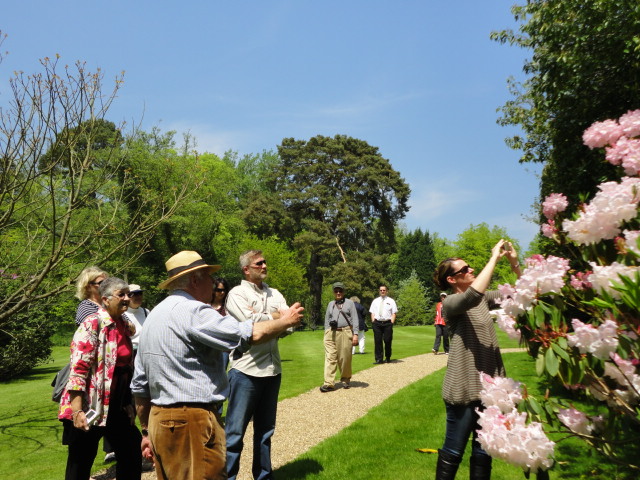Norfolk Lavender Farm
Legend tells us that lavender was brought to Britain by the Romans. It was a widely used and highly valued plant to them. They were aware of its healing, soothing and insect repelling properties. Lavender oil was also used for massage.
Records show that monasteries used lavender medicinally and it was listed as such, as far back as 1301. The Lady of the Manor used lavender for culinary and medicinal purposes and kept a still-room for preparation for use by family and staff.
Caley Mill, which is the home of the Norfolk Lavender Farm, dates back to 1087 and is recorded in the Domesday Book. In 1935 the surrounding land was planted in lavender and is today the centre of Norfolk Lavender Ltd. There are almost 100 acres of lavender here now, with a number of outlying plantations, including 50 acres at Sandringham House. The bushes are planted in hedge-like rows and it is estimated that if they were planted out in one long hedge, it would stretch for 200 kilometres. To see row after row of lavender stretching out to the horizon in a soft purple haze is a breath-taking sight. The fragrance hangs in the surrounding air and seems to soothe and tranquilize the senses.
The gathering and distilling of lavender oil can be watched, as every part of the preparation for the lavender products is carried out at Caley Mill. Some of the flowers are dried and used for satchets and pot-pourri; the oil being used for many, varied, lavender products all of which are for sale at the garden shop.
Caley Mill holds a National Collection of lavender (Lavandula). The various species being attractively displayed in rows for individual identification.

 Passionate about beautiful gardens? Experience the finest gardens on one of our small and friendly group tours.
Passionate about beautiful gardens? Experience the finest gardens on one of our small and friendly group tours.
 Ready to book?
Ready to book? 
